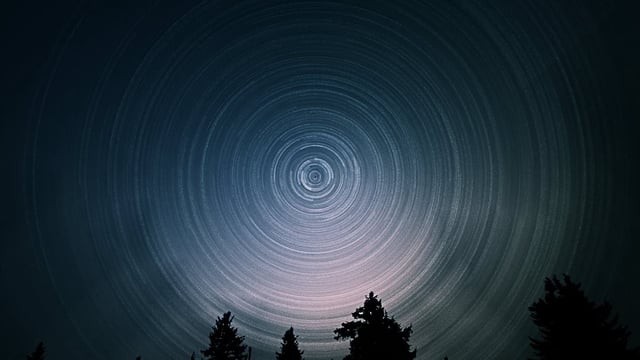Overview
- International Rotation and Reference Systems Service data confirm July 9, July 22 and August 5 will each be up to 1.51 milliseconds shorter than a standard solar day.
- Since 2020, Earth’s rotation has repeatedly set new shortest-day records, with the fastest spin shaving 1.66 milliseconds off on July 5, 2024.
- Researchers remain unable to explain the acceleration, pointing to deep Earth processes, shifting ocean currents or atmospheric dynamics as potential causes.
- Atomic clocks and the Length of Day metric supplied by the US Naval Observatory and international rotation services underpin millisecond-precision measurements.
- Timekeeping authorities are preparing for the first-ever negative leap second in 2029 to maintain alignment between atomic and solar time.



